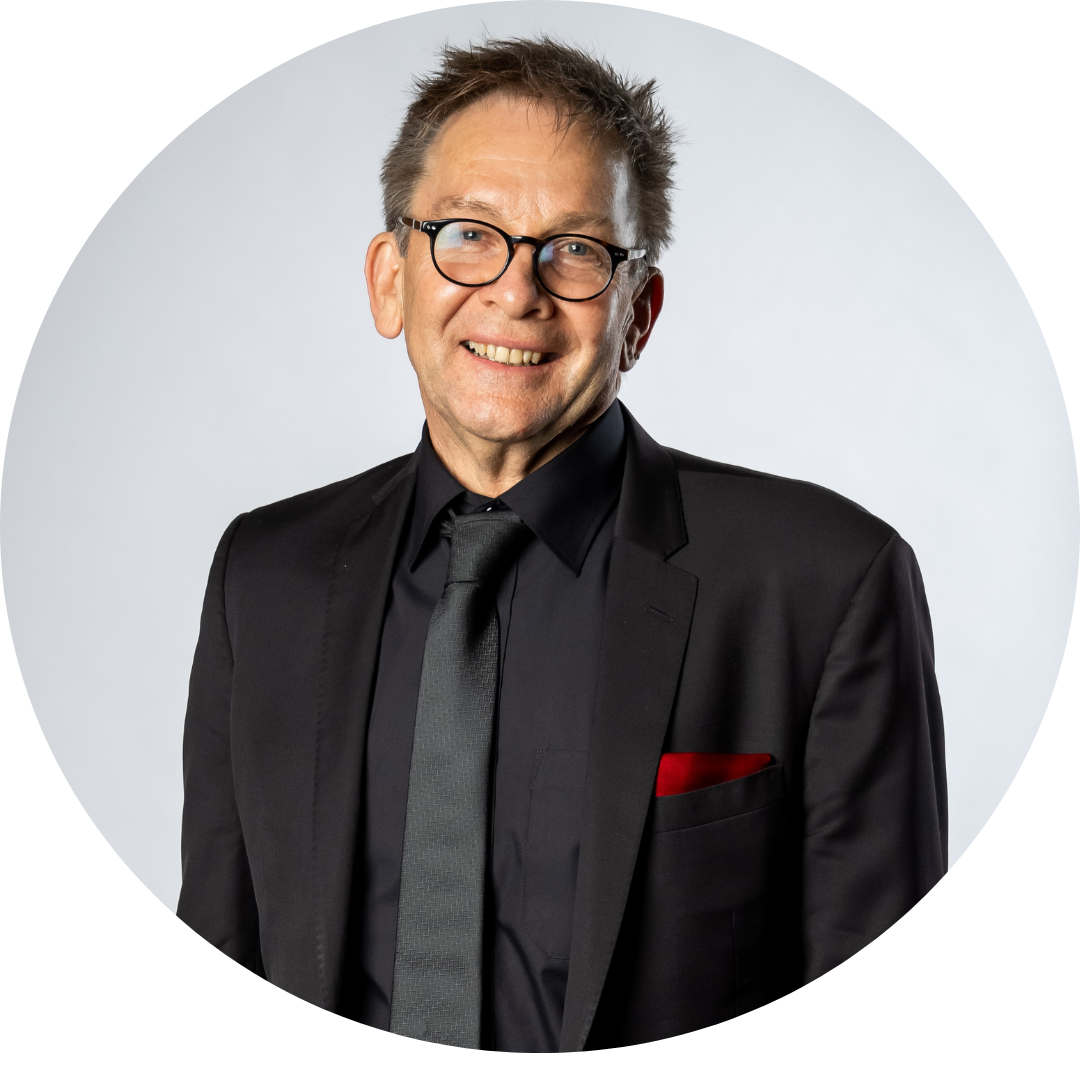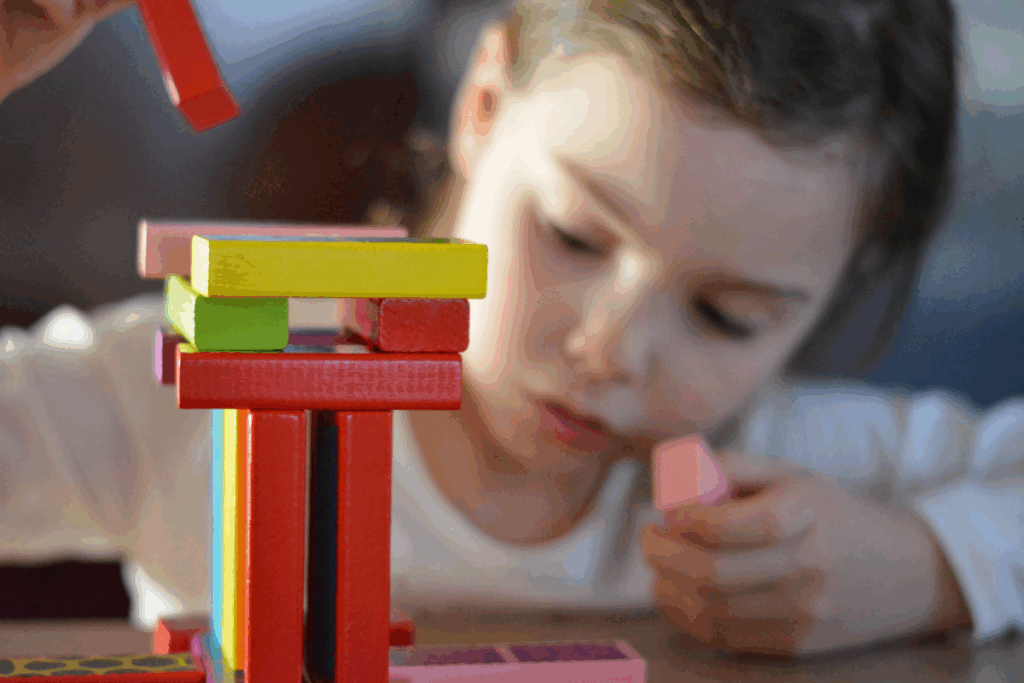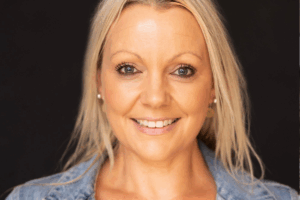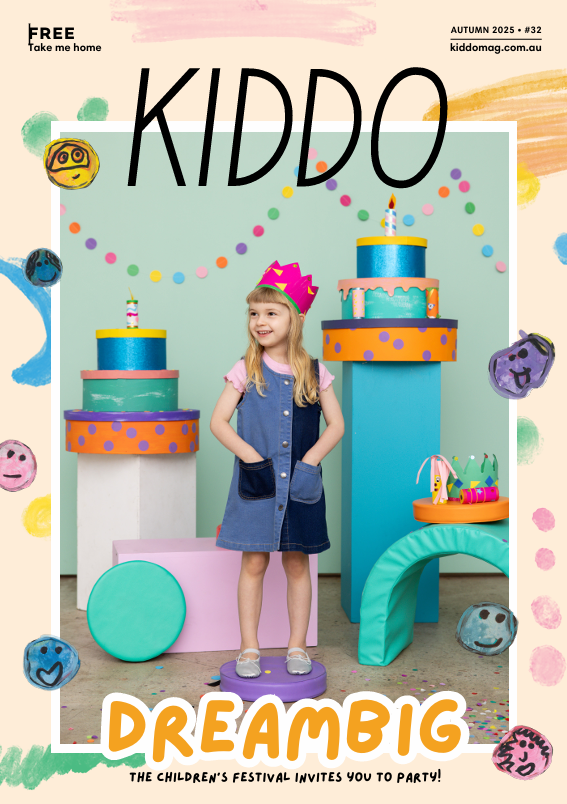By Mark Le Messurier, Counsellor and educator, Senior South Australian of the Year 2022

Rewind to 1987. The mum of a 9-year-old boy is receiving her son’s diagnosis from her doctor.
Doctor: “I’m very sorry. Your son has Autism and ADHD.”
Mother: “No. That can’t be right. We don’t have disabilities in our family?”
Doctor: Explains Autism Disorder and ADHD (although dual identification at the time was just beginning)
Mother: “Really? Isn’t it the same for most kids!”
Doctor: “No, it’s not. Your son has lifelong medical conditions. There’s no cure.”
Mother: “But he’s so smart? Is it something I did wrong?”
Doctor: “We’re not sure. You’ll need to lower your expectations. There’ll be many things he’ll never do. He’ll find school hard; he may not finish it; he probably won’t hold down a job and won’t live an independent life.”
Mother: “What do I do?”
Doctor: “There are some therapies to help ‘plug the gaps’ and ‘top up’ what’s missing. They will help him to be more normal, but they’re expensive and take a lot of time.”
And so, holding her son’s hand, this mum walks away from her doctor feeling overwhelmed, unsupported, and alone. There were no ADHD and Autism websites to visit, no online or face to face groups to seek advice from, and no positive role-models to help steady runaway feelings.
Fast forward to 2025.
Today, science and the neurodiversity movement are showing us how to view Autism, ADHD, and so much more, as natural variations in the human rhythm. The fact is, these conditions are now respected as distinct neurotypes, or styles of brain-wiring. It’s not less, just different. We now emphasise strengths and individuality rather than deficits and disorders. No longer do we bombard children with a string of therapies to make them more neurotypical.
For too long we clung to a restrictive medical model that described Autistic and ADHD children as; disordered, deficit, disabled, and broken. The language we use has changed too. Today we use ‘Autism’ or ‘Autistic’. We no longer use ASD because the ‘D’ stands for ‘Disorder’. This is not neuro affirming language. Now use co-occurring condition, no longer comorbidity. We use the words passion or special interest, no longer obsession. We also understand that for many, being neurodivergent and/or disabled is their core identity. This is because everything within this person’s life is touched by it; the way they process the world, socialise, think, perceive, communicate, and behave. Their unique brain wiring is the very beauty of who they are. Today, this commands a deep respect.
While this attitudinal shift around neurodiversity is liberating, there is much work to do. Australia’s first-ever ‘National Autism Strategy’ was recently unveiled. This is a plan to improve the lives of Autistic Australians. The current unemployment rate for Autistics runs at 32%. That’s three times higher than those with disabilities, and six times higher than Australians without disabilities. It’s time to do so much better.
Here in South Australia, we have The Assistant Minister for Autism, Emily Bourke. I see her as the Minister for Neurodiversity (which includes ADHD). Emily has a full heart, and her team is driven to improve the life-outcomes of those with Autism, differences, and disability. Her work led to putting ‘Autism Inclusion Teachers’ in schools and this, in turn, is sparking positive attitudinal changes in many schools.
To be honest, finding the right school that’s a great fit for neurodiverse children in South Australia isn’t easy. It’s patchy. There are leadership teams, teachers, SSO’s and diverse learning educators who are compassionate, intuitive, adaptable, knowledgeable, and always strive to do well, but this higher level of competence is not universal. Why? This is the moment to address the elephant in the room. A big reason is our poor funding model. For a school to gain a few more resources and options to support students, educators must jump through time-consuming and impossible-to-navigate administrative hoops. And, even when funding is finally achieved, it is often short-term, conditional, and difficult to reestablish.
To be practical, here are a few neuro affirming strategies great educators and good schools use to support Autistic and ADHD students.
Transition planning (e.g. year 6 to year 7, or moving from one year level to another)
We develop an individualised transition plan. This outlines the student’s style, background, needs, new goals, timelines, and responsibilities. The transition process also includes ample visits to the new school, new class, new teacher(s) and familiarisation with new routines, places, and other staff.
Social support
Early on we pair the neurodiverse student with a buddy to assist with finding their way around the school and help them connect to new social situations. We actively connect neurodivergent students to groups, clubs, and helpful people at school.
Safe spaces and emotional regulation
We identify ‘safe spaces’ (e.g., library, wellbeing room, student services and so on) and ‘safe people’ where the student can leave the classroom and regroup when emotions are besieged. We set them up with a framework of ideas to help jangly emotions and overwhelmed sensory systems to calm or reset.
Organisation and routines
We use visual timetables and checklists to structure daily routines. It’s important to help students (and their parents) to skillfully access Daymap, or whatever student management system the school uses.
Gradual adjustment
It’s a sensible idea to keep the after-school commitments at a sustainable level. Never underestimate how much energy an Autistic and ADHD student must burn to keep their mask on at school in order to cope. No homework is a common option.
We use the 30% rule
International researcher, Professor Russell Barkley sensitively applies the 30% rule for neurodivergence. He says take 30% off the age of a child with ADHD or Autism. When we take 30% off a 12-year-old, we arrive at the new age of 8 or 9 years. That’s the level this child is likely performing at, independently, day in and day out. In reality, they are not yet ready to face the complexities of middle school. Their natural level of performance is more like what we’d expect from a year 4 or 5 student. This child’s success is reliant on our supportive interventions, structures, and schedules because they can’t do it, alone, just yet.
Setting up a new study line
Some schools swap foreign language classes for a study line, offering one-on-one academic, social, or life skills support. This is part of the student’s IEP or One Plan and falls under “reasonable adjustments” in the Disability Discrimination Act.
A mentor
Mentorship is powerful. It promotes that we can do this together, and this in turn, stimulates confidence, capability, better organisational habits and success. A mentor can be a class teacher, a clever SSO or a school counsellor. It might take the form of meeting with the student, one on one, for just 20 minutes each week to chat, debrief, chunk work, and get ahead.
So, there are two facts to take away. The first is that our neurodivergent kids are not broken, not less, not disordered, and do not need to be fixed up. They simply walk to the beat of a different drum. The second fact is they always will walk to the beat of that different drum. They will grow up to be adults with Autism, or ADHD or whatever. Please, let’s value their neurodivergence so they can grow into their uniqueness with pride. And what does having pride in one’s neurodivergence look like?
I went into our local supermarket’s deli section over Christmas. It was late, too late, and the shop assistant had her back to me. She was busy packing things away. I waited as I knew she’d swing around. She did. Then, with a huge smile, and eyes wide open, she said, “Sorry. I didn’t know you were there. Being on the Autism spectrum I get super focused!” That made me so happy! At 17 years old, that’s pride and confidence in one’s neurodivergence!






